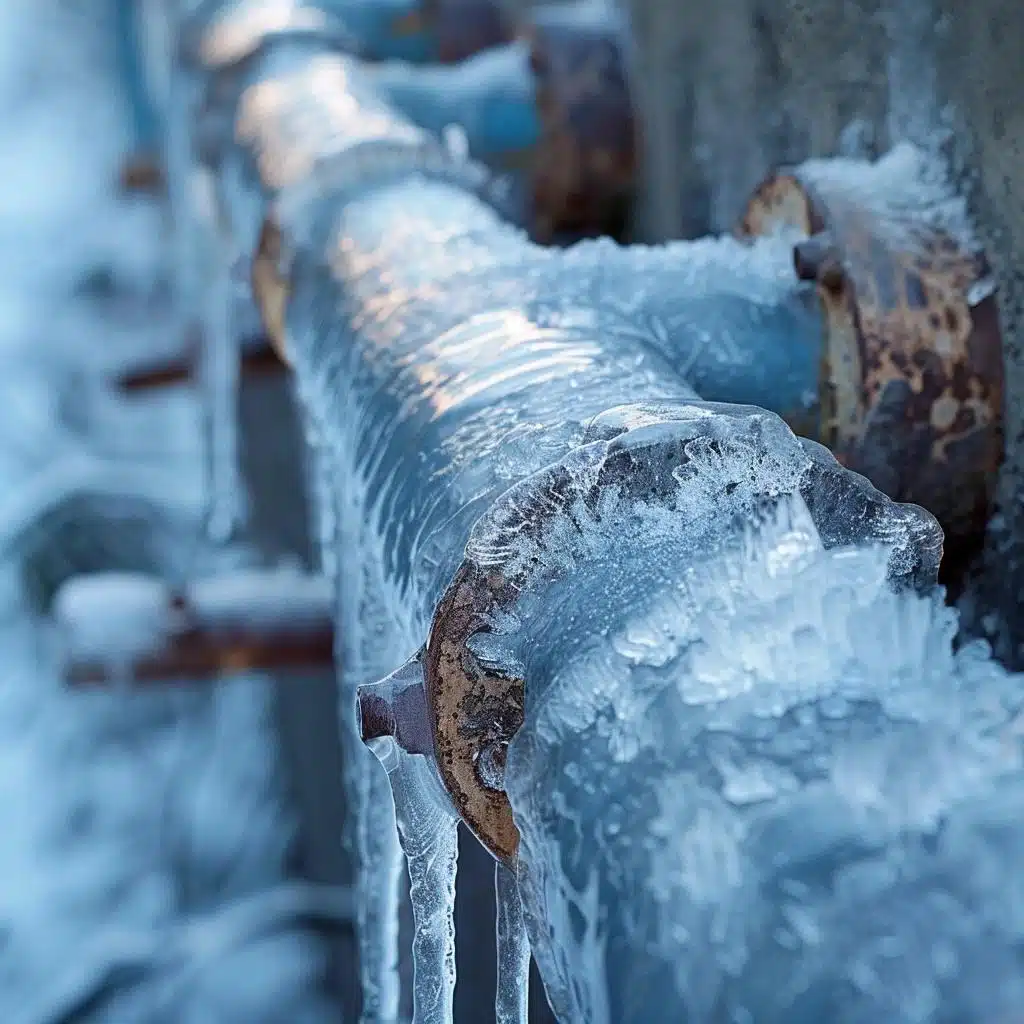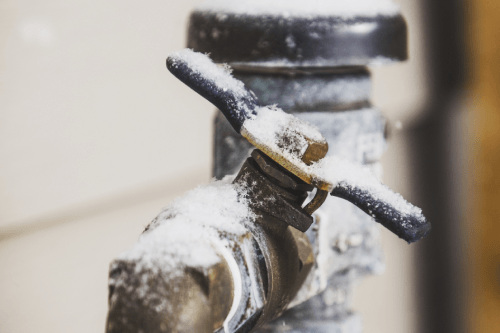Ways to Protect Pipes from Freezing: Professional Guidance
Ways to Protect Pipes from Freezing: Professional Guidance
Blog Article
The author is making several great pointers on the subject of How To Avoid Freezing Pipes as a whole in this content on the next paragraphs.

Winter can ruin your plumbing, specifically by freezing pipelines. Below's how to stop it from happening and what to do if it does.
Intro
As temperatures drop, the threat of icy pipelines rises, possibly resulting in pricey repair work and water damages. Understanding exactly how to stop icy pipelines is critical for homeowners in cold environments.
Recognizing Icy Pipes
What triggers pipes to ice up?
Pipelines freeze when exposed to temperature levels listed below 32 ° F (0 ° C) for prolonged periods. As water inside the pipelines freezes, it broadens, putting pressure on the pipeline walls and potentially creating them to rupture.
Risks and damages
Icy pipes can bring about water system disturbances, building damage, and costly fixings. Burst pipes can flooding homes and cause substantial structural damages.
Indications of Frozen Piping
Identifying frozen pipes early can avoid them from bursting.
Just how to determine icy pipes
Try to find lowered water flow from taps, unusual smells or sounds from pipes, and visible frost on subjected pipelines.
Avoidance Tips
Insulating susceptible pipelines
Cover pipes in insulation sleeves or utilize warmth tape to shield them from freezing temperatures. Focus on pipes in unheated or outside locations of the home.
Home heating methods
Maintain indoor rooms sufficiently heated up, particularly areas with plumbing. Open closet doors to enable warm air to flow around pipelines under sinks.
Protecting Outside Plumbing
Yard hose pipes and exterior faucets
Disconnect and drain yard pipes prior to wintertime. Mount frost-proof spigots or cover exterior taps with protected caps.
What to Do If Your Pipelines Freeze
Immediate actions to take
If you presume icy pipes, keep faucets open up to alleviate pressure as the ice thaws. Make use of a hairdryer or towels taken in hot water to thaw pipes slowly.
Long-Term Solutions
Structural modifications
Take into consideration rerouting pipes far from outside wall surfaces or unheated locations. Include added insulation to attics, cellars, and crawl spaces.
Updating insulation
Buy top notch insulation for pipelines, attics, and wall surfaces. Proper insulation helps maintain consistent temperatures and reduces the threat of icy pipelines.
Final thought
Avoiding icy pipes requires aggressive actions and quick reactions. By understanding the reasons, indications, and preventive measures, homeowners can shield their pipes during cold weather.
5 Ways to Prevent Frozen Pipes
Drain Outdoor Faucets and Disconnect Hoses
First, close the shut-off valve that controls the flow of water in the pipe to your outdoor faucet. Then, head outside to disconnect and drain your hose and open the outdoor faucet to allow the water to completely drain out of the line. Turn off the faucet when done. Finally, head back to the shut-off valve and drain the remaining water inside the pipe into a bucket or container. Additionally, if you have a home irrigation system, you should consider hiring an expert to clear the system of water each year.
Insulate Pipes
One of the best and most cost-effective methods for preventing frozen water pipes is to wrap your pipes with insulation. This is especially important for areas in your home that aren’t exposed to heat, such as an attic. We suggest using foam sleeves, which can typically be found at your local hardware store.
Keep Heat Running at 65
Your pipes are located inside your walls, and the temperature there is much colder than the rest of the house. To prevent your pipes from freezing, The Insurance Information Institute suggests that you keep your home heated to at least 65 degrees, even when traveling. You may want to invest in smart devices that can keep an eye on the temperature in your home while you’re away.
Leave Water Dripping
Moving water — even a small trickle — can prevent ice from forming inside your pipes. When freezing temps are imminent, start a drip of water from all faucets that serve exposed pipes. Leaving a few faucets running will also help relieve pressure inside the pipes and help prevent a rupture if the water inside freezes.
Open Cupboard Doors
Warm your kitchen and bathroom pipes by opening cupboards and vanities. You should also leave your interior doors ajar to help warm air circulate evenly throughout your home.

Do you appreciate reading up on How to Prevent Your Pipes From Freezing? Write a remark down below. We'd be happy to find out your insights about this entry. We are looking forward that you visit us again in the future. Liked our article? Please quickly share it. Let others discover it. Thanks for taking the time to read it.
Call Today Report this page